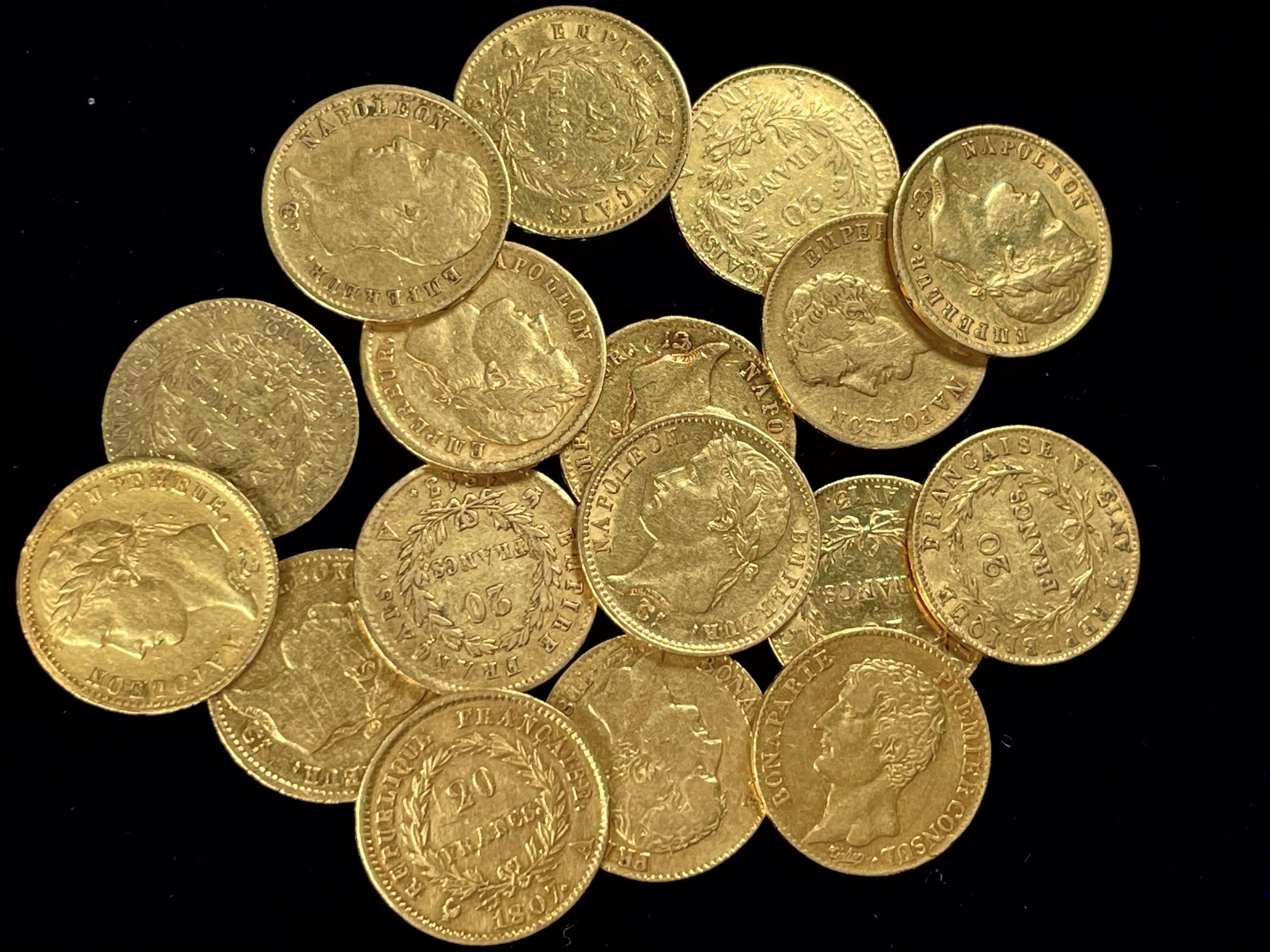
Welcome! This website is to provide a resource for a set of coinage that is uncommonly known even in the coin-collecting community. Coinage according to the Latin Monetary Union (“LMU”) was used in over 60 countries in the 19th and 20th centuries, from Venezuela to Finland. The only other coinage types with such a broad geographical reach are the coins of the British or Spanish Empires, and those were minted in fewer countries. This type of cross-country coinage is typically overlooked as most numismatic resources and literature are country-specific.
The LMU existed from 1865 to 1927, but it only denominations codified under Napoleon that had been circulating in France and its neighbors since 1803. This website refers to Napoleonic and LMU denominations as one larger group: LMU coinage.
Silver “dimes” from various countries (2.5 grams at 0.835 or 0.9 fine). Coins of this type were minted in about 40 countries from 1803 to 1964. The denominations either matched the French standard under Napoleon (i.e., 50 centimes, 1/2 franc, 50 centesimi) or at a 5 to 1 ratio used in the Americas (i.e., 10 cents, 10 centavos).
Beyond a list of gold and silver coins according to the LMU standard, this website will be a continual work-in-progress across three categories:
Denominations minted by country: “Country Focus” tabs with coinage types (e.g., 40 francs, 20 francs, 5 francs, etc).
Detail on individual coins types: Auction history and exemplars (e.g., Napoleon I 20 lire 1808-1814).
Other: Details/research items specific to the country or coin.
This website also covers some political economic history of the 19th and early 20th century as it relates to coinage.
